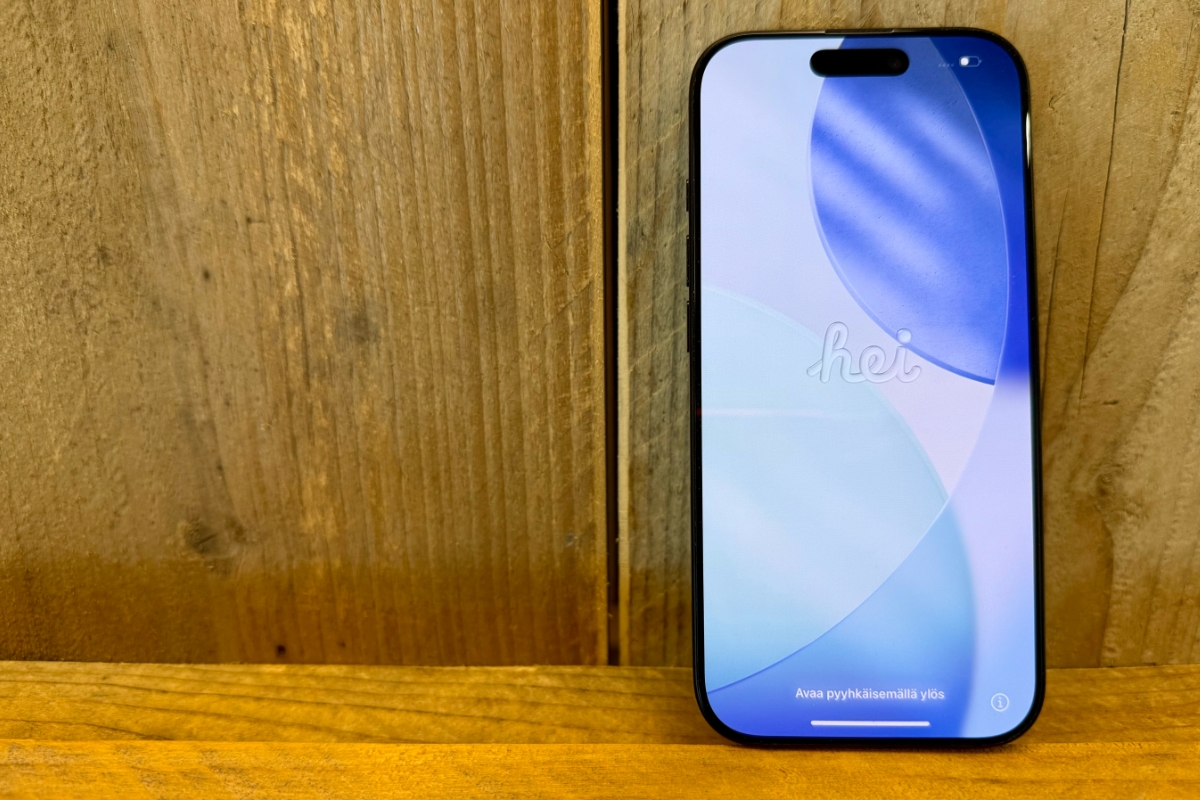Switching to a new iPhone is fairly easy, but you have to take a number of things into account. You have to pay attention to this while transferring!
Bought new iPhone? Watch out on transferring this data
YES! You finally have a brand new iPhone in your hands. Nothing as nice as a fresh device with a better camera and a battery that does last all day. But before you start transferring your important dates, it is good to think about which data is being transferred, and which are not.

Some apps, such as your banking app or DigiD, only partially last automatically. And if you use two -step verification (such as with Google Authenticator), you can just get excluded from some accounts if you don’t pay attention. But don’t worry, because we show how you will not be faced with annoying surprises.
Before switching to a new iPhone
Before you start it is important that you make a new backup. Your iPhone regularly does this yourself, but it is smart to always check when the last backup is made. You do that via ‘Settings’ and to tap your name. Then choose ‘iCloud’ and tap ‘Backup in iCloud’. Then tap ‘Now make backup’.
It is also smart for other apps to check your backup in advance. Consider, for example, the apps WhatsApp and Telegram. The easiest way is to check the apps that you use on your iPhone whether the backup is up-to-date.

Once you have checked that, you can start transferring your iPhone. Keep your old iPhone with the new and turn on your new iPhone. You will then ask new iPhone if you want to transfer the details of your old device. Follow the steps that you see on the screen.
After transferring
Once you have transferred everything you are not ready yet. It is then smart to check your apps before you empty the old iPhone. Start them and check if you can use them with your accounts. Sometimes you first have to log in with your data. In any case, make sure that you check the apps below.
1. Authenticator apps: two-step verification
Apps such as Google Authenticator or Microsoft Authenticator use your device to generate codes for two -step verification. These codes are often linked to your device. The apps are transferred, but then you have to put back a backup in the apps. You do that by starting the apps and logging in to your account.
It is therefore useful to keep your old iPhone to hand until you have set the authenticator apps on your new iPhone again. Then check whether the generated codes work well on your new device.

2. Banking and DigiD: re -activate
Banking apps such as those from ING, Rabobank or ABN AMRO are partially transferred, but you sometimes have to activate again afterwards. The payment cards that you use in Apple Pay often have to be reactivated.
In addition, DigiD also requires a re-activation. You usually do that with the help of an existing login or your proof of identity. You can usually also use your old iPhone with your DigiD account to transfer your data.

3. E-SIM or physical SIM card
You can easily transfer a physical SIM card from your old to new iPhone. An e-LIM is often transferred automatically. But always check after transferring whether it worked out well and whether you should not re-activate the e-SIM.
4. Passwords, keys and settings
Passwords that you have stored in Apple’s password app are automatically included. But do you use a password manager such as 1Password? Then make sure that your backup or synchronization is set properly and check whether everything has been taken into account on your new device.
If you have checked all this, you can use your new iPhone hard and the transfer is ready. We always recommend keeping your old iPhone as a backup for a few days before you start to erase it.
More Apple tips?
Do you want more useful apps? Or all the latest news about the iPhone directly in your mailbox? Then install our iPhoned app or register for the Niew letter!

Download the iPhoned app
